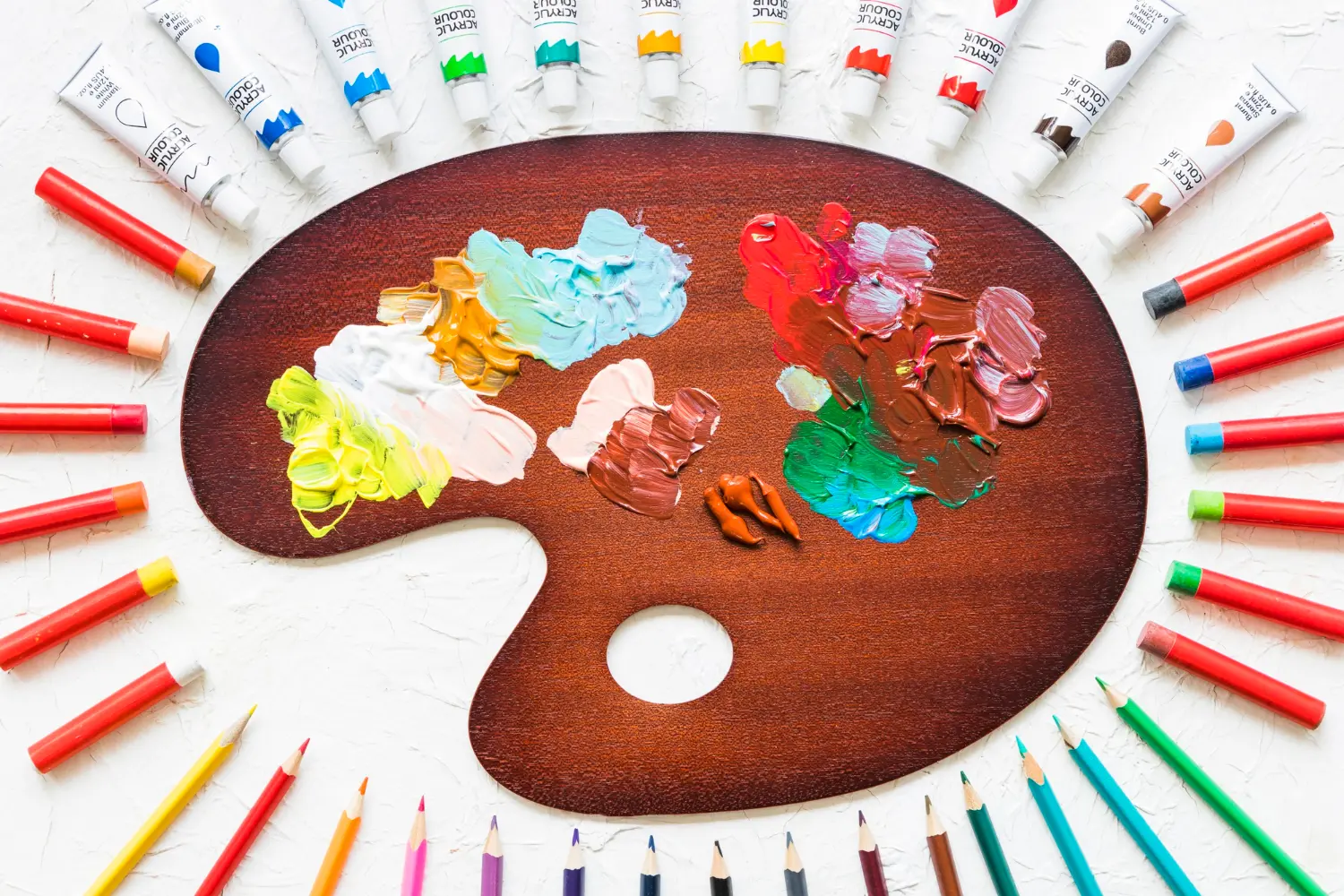How to Create Engaging & Effective Ads?
In today’s highly competitive digital marketing landscape, creating engaging and effective ads is a challenge for businesses and marketers. Ads are not just tools to deliver a message; they must also grab attention, evoke emotions, and drive the audience to take action.
However, with so much content competing across various platforms, how can you ensure that your ad is not only captivating but also effective in increasing conversions? Here are some essential strategies to create high-impact ads that deliver optimal results.
Understanding Your Audience: The Key to Successful Advertising
One of the most important aspects of ad creation is understanding who will see it. An eye-catching ad that is irrelevant to the audience will fail to achieve its ultimate goal. Therefore, before creating an ad, conduct in-depth research on your target market.
Key factors to consider include:
- Demographics – Age, gender, location, and income level of your audience.
- Psychographics – Interests, habits, lifestyle, and preferences toward a product or service.
- Pain Points – What are their main needs? How can your product or service provide a solution?
By understanding your audience, you can craft a more personal, relevant message that creates a stronger emotional connection with them.
Attention-Grabbing Headlines: The Foundation of a Successful Ad
The headline of an ad is the first thing the audience notices. If the headline isn’t compelling, they will likely not continue reading or watching your ad. Therefore, create a headline that is short, clear, and directly conveys the main benefit.
Examples of effective headlines:
✅ “Get 50% Off Your Favorite Products – Today Only!”
✅ “Brighter Skin in 7 Days? See the Results for Yourself!”
✅ “Digital Marketing Strategies That Increase Sales by 300%!”
Headlines that include numbers, curiosity-provoking words, or mention direct benefits tend to capture more attention than generic ones.
Strong Visuals to Enhance Ad Appeal
Beyond text, visual elements play a major role in ad success. The human eye processes images faster than text, so using compelling visuals helps deliver the message more effectively.
Ensure your visuals meet these criteria:
- High quality – Avoid blurry or pixelated images.
- Relevant to the ad message – Use visuals that genuinely represent your product or service.
- Emotionally engaging – Images that evoke emotions are more memorable and attention-grabbing.
- Consistent branding and color scheme – Ensure the colors align with your brand identity.
If using video, keep it short and direct. A 5–15 second video with strong storytelling elements tends to generate higher engagement than longer, drawn-out videos.
Persuasive Copywriting: The Art of Encouraging Action
An engaging ad is not just about attractive visuals but also how the message is delivered through strong copywriting. The text in an ad should be simple, easy to understand, yet highly persuasive.
Use these techniques in your ad copywriting:
- Use clear and straightforward language – Avoid overly technical or confusing words.
- Focus on benefits, not just features – Instead of saying “48MP Camera,” say “Capture Stunning Moments with Pro-Level Clarity.”
- Create a sense of urgency – Phrases like “Limited Offer!” or “Only Available Until Tomorrow!” can encourage immediate action.
- Use emotional trigger words – Words like “free,” “exclusive,” “special,” or “limited” attract more attention.
Strong CTAs (Call-to-Action) to Drive Conversions
A Call-to-Action (CTA) is a crucial element in ads that prompts the audience to take the desired action, such as purchasing a product, visiting a website, or filling out a form.
Examples of strong CTAs:
- “Get It Now and Enjoy 30% Off!”
- “Try It Free for 7 Days – Sign Up Now!”
- “Click Here for an Exclusive Deal!”
An effective CTA should be clear, easy to understand, and provide a reason why the audience should act immediately.
Testing & Optimizing Ads with A/B Testing
Every ad campaign has room for improvement. One of the best ways to find the most effective strategy is through A/B testing.
A/B testing allows you to compare two different ad versions to determine which performs better. You can test:
- Different headlines
- Varying images or videos
- Alternative CTAs
- Copywriting with different tones or styles
Through testing, you can identify which elements resonate most with your audience and optimize your campaign accordingly.
Creating engaging and effective ads is not just about attractive designs but also a well-structured marketing strategy. Understanding your audience, using strong headlines, incorporating high-quality visuals, and applying persuasive copywriting are essential steps in developing a successful ad.
Additionally, continuous testing and optimization based on data are key to increasing engagement, boosting conversions, and maximizing the ROI of every ad campaign.


